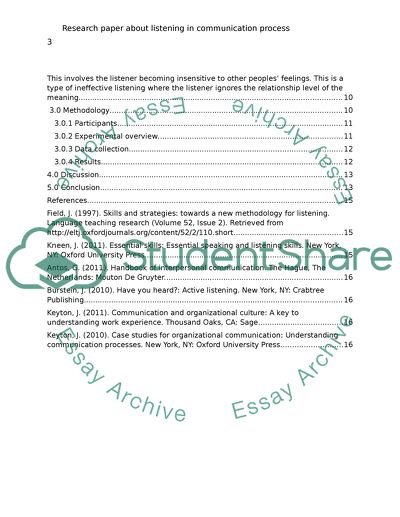Cite this document
(“Listening in Communication Process Research Paper”, n.d.)
Retrieved from https://studentshare.org/journalism-communication/1404392-comm
Retrieved from https://studentshare.org/journalism-communication/1404392-comm
(Listening in Communication Process Research Paper)
https://studentshare.org/journalism-communication/1404392-comm.
https://studentshare.org/journalism-communication/1404392-comm.
“Listening in Communication Process Research Paper”, n.d. https://studentshare.org/journalism-communication/1404392-comm.


